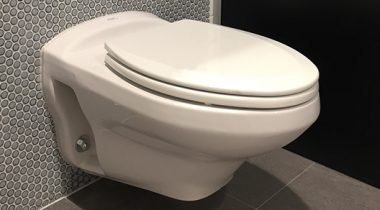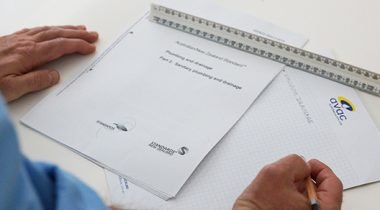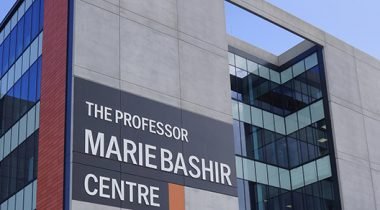Avac’s vacuum plumbing systems offer substantial benefits to Defence and Military projects via flexibility in installation; the ability to customise the layout of fixtures; water and cost savings; and a cleaner and more sanitary environment.
We offer drainage solutions where structural limitations; restrictive site issues; and embedded contaminants are problematic for construction projects.
Benefits
Flexibility of Design & Use
Avac’s Vacuum sewerage piping network can be fitted above ground which provides a far greater level of protection against potential leaks and subsequent damage to critical equipment such as the armory, command centres and high security data locations. If a pipe is damaged and a leak occurs, it is much easier to locate and repair the leak in a vacuum system, than in a traditional gravity system.
Importantly, as the system is under negative pressure, wastewater cannot leak out of the piping network meaning contamination is always contained.
Little or no Trenching
As Avac’s vacuum drainage designs enable the waste pipework to step up, it can be easily routed around fire, electrical and other critical services and can avoid contaminated soils.
In the case of Naval Bases, pipework can remain above the water level and is often installed on the underside of the wharf.
Saves Water and $$
Avac vacuum toilets are one of Australia’s most efficient and use from as little as 0.7 litres of water per flush, providing a significant reduction in annual water and sewage costs when compared to conventional toilets. Calculating the savings compared to conventional toilets is as much as 3.2 litres per flush multiplied by the number of military personnel who are stationed on the Base annually, i.e. more than half of all toilet flushing water will be saved.
This translates to further savings via the down-sizing of wastewater treatment plant.








